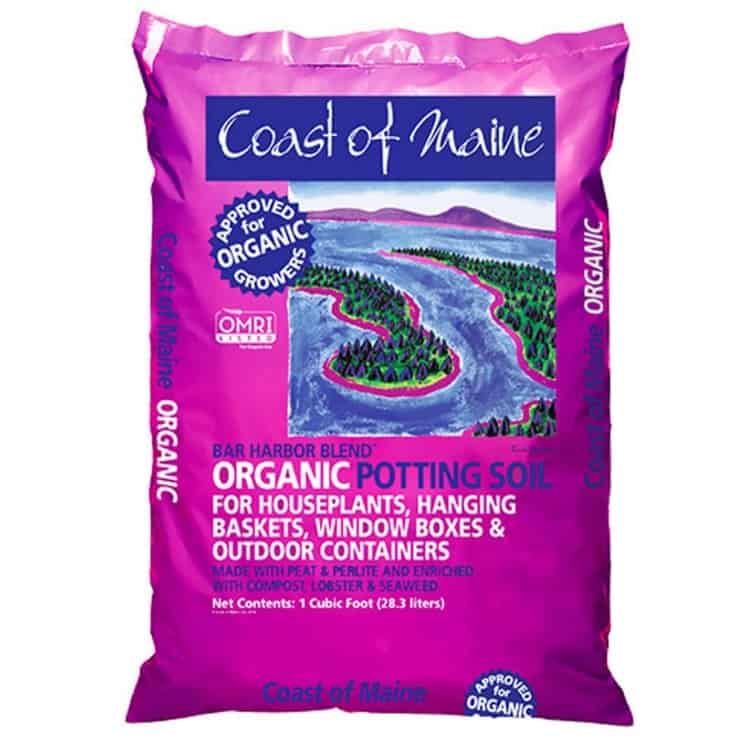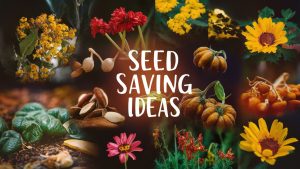Among the many vegetables that can be grown in containers, carrots hold a special place due to their versatility and ease of cultivation. But can you actually plant carrots in a pot? The answer is a resounding yes, and in this blog post, we will delve into the specifics of growing carrots in pots: the challenges, the rewards, and everything in between.
Understanding Carrot Varieties

Before we dive into the logistics of pot cultivation, it’s important to understand that not all carrots are created equal. There are several varieties, each with unique characteristics ranging from color to size.
Danvers Carrots: These are known for their conical shape, growing about 6-8 inches long. They’re great for heavier soils and tend to be high in sugar.
Nantes Carrots: Shorter and cylindrical, Nantes carrots are sweet and juicy. They’re especially popular for container gardening as they thrive in limited space.
Little Finger Carrots: These miniature varieties are perfect for small pots and are ideal for kids or for those who want a quick harvest.
Purple Carrots: Not only colorful but also packed with antioxidants, purple carrots can be a fun addition to your pot garden.
Round Carrots: These can be a great choice if your pot isn’t deep. They grow more sideways than down and are perfect for shallow containers.
Selecting the right variety is crucial for your success in growing carrots in pots. Shorter, rounder varieties tend to thrive in confined spaces, making them ideal companions for container gardening.
Pot Selection: Finding the Right Home for Your Carrots
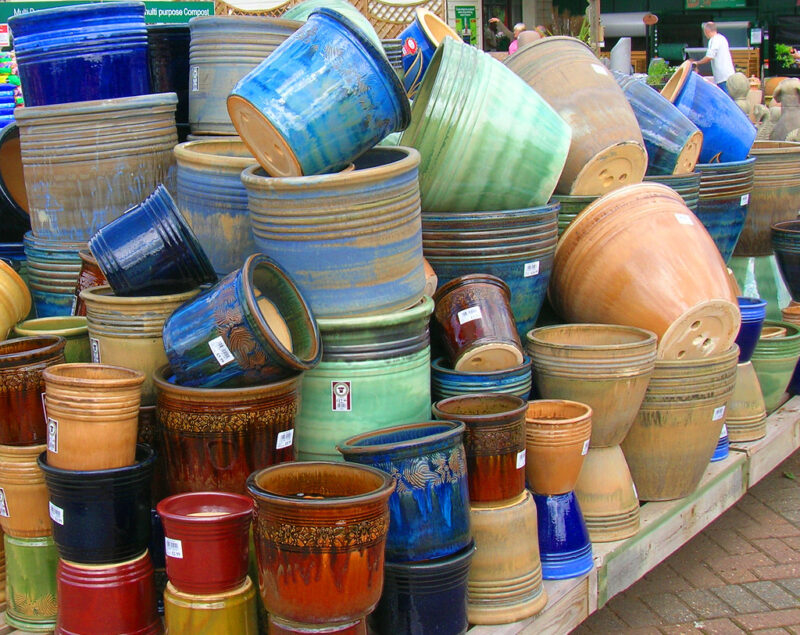
When you’re preparing to plant carrots in pots, the selection of the appropriate container is vital. The right pot will not only give your carrots the space they need to grow but also provide adequate drainage and soil aeration.
Size Matters
For carrots, pots with a depth of at least 12 inches are recommended. Since carrots are root vegetables, they need sufficient room to grow downward. A pot that is too shallow will limit growth and may lead to stunted or misshapen roots.
Material Considerations
Containers come in various materials such as plastic, clay, ceramic, and wood. Each type has its advantages:
Plastic: Lightweight and easy to move, plastic pots retain moisture well but can overheat if left in direct sunlight.
Clay: Breathable and aesthetically pleasing, clay pots help prevent root rot but may dry out faster than other materials.
Wood: A natural choice that looks appealing in any garden, wooden pots can be quite durable but usually require a liner to prevent soil from leaking out.
Selecting a pot that aligns with your climate and garden aesthetic can make your container garden more enjoyable and productive.
Soil Requirements for Carrots
Choosing the right soil is essential for cultivating healthy carrots. Carrots prefer loose, well-draining soil that allows their roots to expand easily.
Composition of Ideal Potting Mix
A good potting mix for carrots should be light and fluffy. You can create your own mix by combining:
Organic compost: Adds nutrients and improves soil structure.
Perlite or vermiculite: These materials help with drainage and keep the soil aerated.
Sand: A small quantity of sand can further aid drainage and prevent soil compaction.
Avoid using regular garden soil in pots, as it can become compacted, leading to poor drainage and airflow. Instead, opt for a high-quality potting mix specifically formulated for container gardening.
Sowing Carrot Seeds: Timing and Techniques
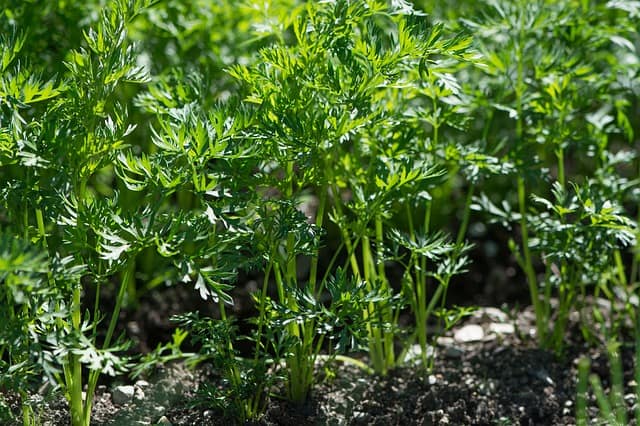
Timing is crucial when growing carrots. These root vegetables are typically a cool-season crop, thriving in temperatures between 60°F and 70°F (15°C – 21°C). Depending on your location, you can sow carrot seeds in the spring or fall.
Seed Selection
When purchasing carrot seeds, choose a variety suitable for container gardening. Always check the seed packet for specific recommendations related to sowing depth and spacing.
Sowing Techniques
Prepare your pot: Fill your container with the prepared potting mix, and water it until it is moist but not soggy.
Sow the seeds: Plant the seeds about 1/4 inch deep and space them roughly 1-2 inches apart. If you are using smaller carrot varieties, you can sow them closer together.
Marking Rows: To ensure even spacing, consider using a ruler or yardstick for marking rows. This is particularly helpful if you’re sowing multiple carrot varieties in one pot.
Watering: After sowing seeds, gently mist the surface of the soil to avoid displacing the seeds. Ensure the soil remains consistently moist until germination, which can take between 7 to 21 days.
Caring for Your Potted Carrots
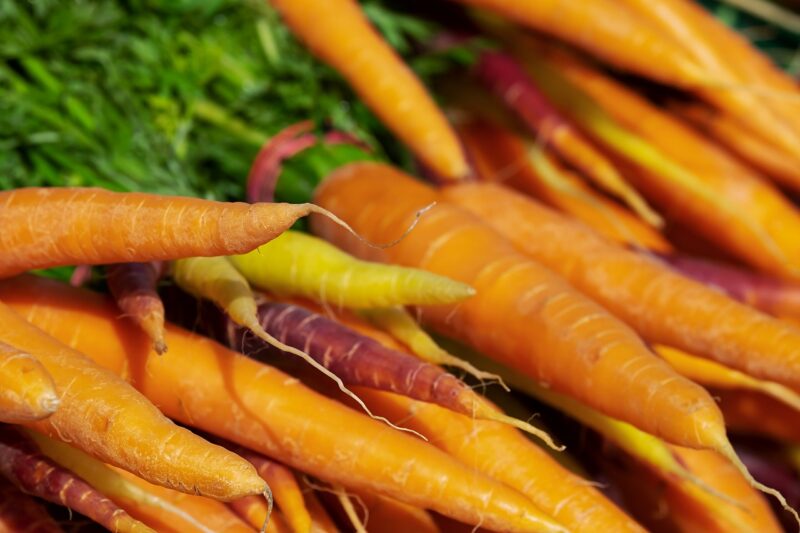
Once your carrots are sown, the real fun begins. Caring for your potted carrots involves regular maintenance to ensure they thrive until harvest time.
Watering Practices
Carrots need consistent moisture, especially as they germinate and grow. Here’s how to ensure your carrots stay hydrated:
Check Moisture Levels: Stick your finger into the soil up to an inch deep. If it feels dry, it’s time to water.
Watering Technique: Water from the base of the pot or use a watering can with a fine spout to avoid washing away the seeds or disturbing young seedlings.
Fertilization
Carrots generally do not require heavy fertilization. However, during their growing season, a light application of balanced liquid fertilizer or well-rotted compost every few weeks can promote healthy growth. Avoid high-nitrogen fertilizers, as they can lead to excess leaf growth at the expense of the roots.
Weeding and Thinning
Once your carrot seedlings emerge, they may become crowded. It’s essential to thin them out to provide ample space. If seedlings are too close (closer than 2 inches), gently remove the weaker ones by snipping them at the base with scissors rather than pulling them out, which can disturb neighboring plants.
Challenges of Growing Carrots in Pots
While cultivating carrots in containers is certainly possible, there are several challenges and drawbacks to consider. Acknowledging these potential hurdles can help you make an informed decision about whether to grow carrots in pots.
Limited Space for Root Growth
Carrots are deep-rooted vegetables, and shallow pots can restrict their growth. Even with a recommended pot depth of 12 inches, some varieties may still struggle to attain their full size. Insufficient space can lead to dwarfed, misshapen, or stunted roots, which can be disappointing after months of care.
Watering Challenges
Container plants tend to dry out faster than those in the ground, requiring more frequent watering. Growing carrots in pots can mean a steeper learning curve when it comes to watering practices, especially for those new to gardening. Overwatering can lead to root rot, while underwatering can result in bitter and woody carrots.
Nutrient Depletion
In a contained environment, nutrients can become depleted more rapidly than in traditional garden soil. Therefore, regular fertilization is necessary to ensure healthy growth. In contrast, garden soil often contains a naturally diverse range of nutrients and microorganisms.
Susceptibility to Temperature Fluctuations
Potted plants can be more vulnerable to temperature changes than those planted directly in the ground. If left in direct sunlight, pots can heat up quickly, potentially stressing the plants. On the other hand, exposure to cold temperatures at night can hinder growth. This can make growing carrots in pots in regions with extreme weather conditions more challenging.
Pest Management Limitations
While pots can deter some garden pests, they can also attract others, particularly if not monitored closely. The confined space can lead to rapid infestations that can be difficult to manage. Additionally, without the natural ecosystems present in a traditional garden, beneficial insects may not be available to help control pests.
Managing Pests and Problems
Growing carrots in pots helps reduce some pests but is not immune to threats. Be on the lookout for common issues, including:
Pests
Aphids: These small insects can cluster on the leaves. Regular inspection and a gentle wash of water can help control small infestations.
Carrot Flies: They lay eggs near the base of carrot plants. To deter them, cover your pots with row covers or use companion planting techniques with herbs like chives.
Diseases
Carrots can suffer from problems like root rot or molds due to overwatering or poor drainage. Ensure your pot has adequate drainage holes and monitor your watering practices to keep the soil moist but not soggy.
Harvesting Your Potted Carrots
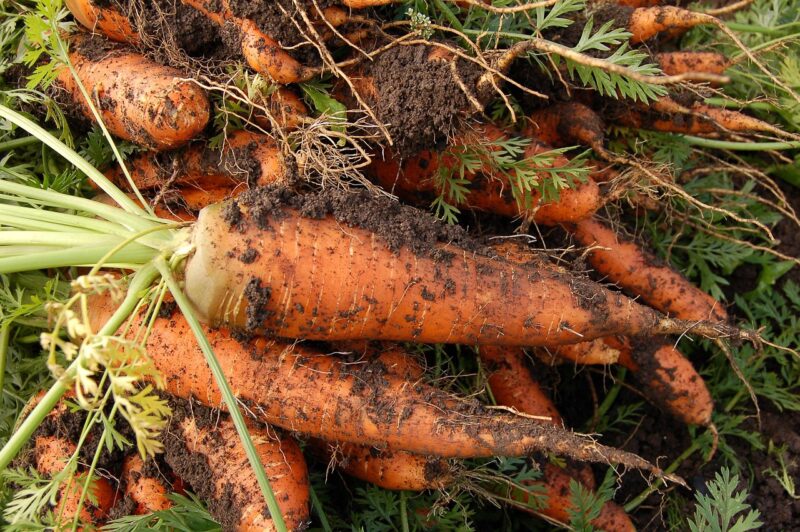
One of the most satisfying aspects of growing your own food is harvesting. Potted carrots can be harvested once they’ve reached their desired size, typically between 2 to 4 months after sowing, depending on the variety.
Signs of Ready Carrots
Size: For most varieties, when they reach about 1/2 inch to 1 inch in diameter, they are ready to be pulled.
Top Visibility: Some carrots will show the tops above the soil. If they look plump and healthy, it’s likely time to harvest.
Harvesting Method
Gently twist and pull the carrot from the pot. If you encounter resistance, use a small hand trowel to loosen the soil around the base of the carrot.
Enjoying Your Homegrown Carrots
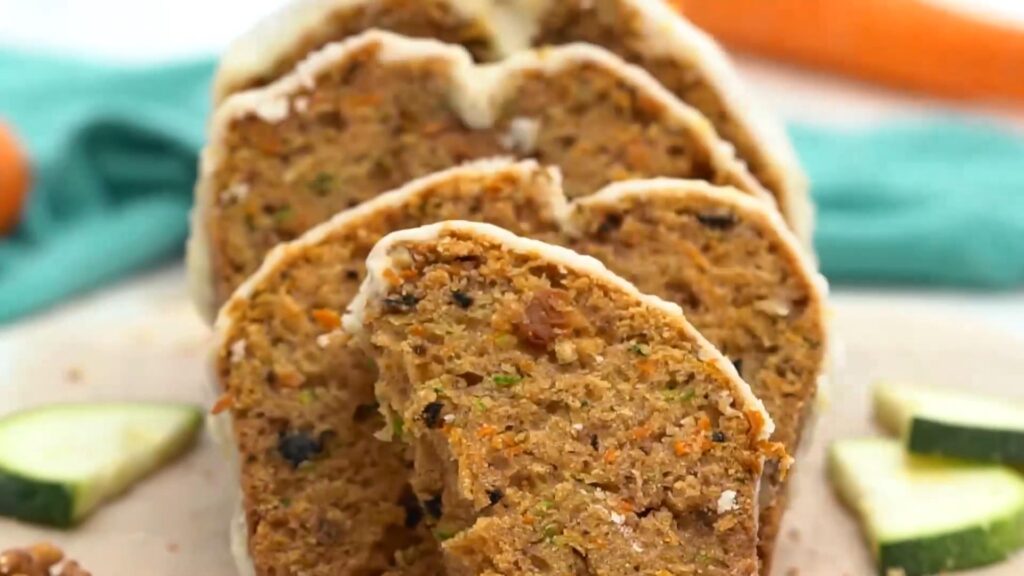
After the hard work of planting, nurturing, and harvesting, it’s time to enjoy your homegrown carrots! These versatile veggies can be used in numerous ways:
Raw: Snack on them fresh with a dip or add them to salads.
Cooked: Steam, roast, or sauté them as a flavorful side dish.
Juiced: Fresh carrot juice is nutritious and refreshing.
Soups and Stews: Add them to hearty meals for an extra layer of flavor.
Conclusion: The Joy and Challenges of Growing Carrots in Pots
In conclusion, growing carrots in pots is not only possible but can also be an immensely fulfilling endeavor. While there are numerous benefits, including convenience and space efficiency, there are also challenges that you should consider before embarking on this culinary adventure. From selecting the best varieties and potting materials to understanding the nuances of watering, fertilization, and pest management, each step contributes to the joy of harvesting fresh carrots from your very own container garden.



